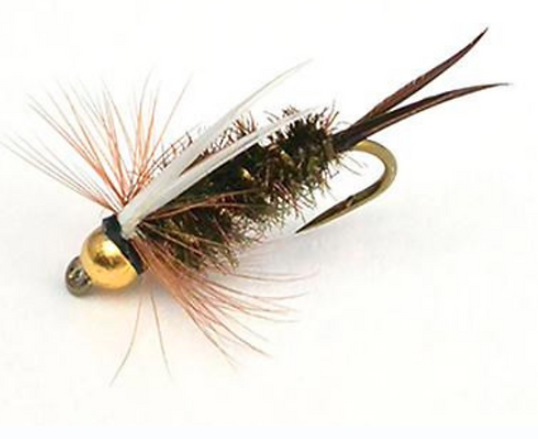What’s not to love about summer fly fishing? The weather is nice, the water is warm enough to wet wade, cold beers never tasted better, the trout are active and bug life is booming. All those things are nice, but if we had to pick, we’d say that our favorite thing about summer is the number of hatches that occur. Summer is the season of opportunity where the trout are less selective and most flies in your box seem to work. Along with the emergence of terrestrials, most rivers and creeks in Colorado will experience a variety of mayfly, caddis and stonefly hatches throughout the summer months. As a result, it’s hard to select a bad fly, but to help you narrow your selection, here are our top eight flies for summer.
Dry Flies:
Parachute Adams – The Parachute Adams is an incredible dry fly that is deadly year-round. Its primary use is to imitate mayflies, but if you’re in a pinch, it can imitate midges and caddis. However, cross species imitation will require you to vary the hook size. If you’re trying to imitate a midge, BWO or trico, tie on a size #22 – 24. Conversely, if you’re looking to imitate a larger mayfly, increase to a size #18 – 20. Twitching a larger Parachute Adams across the surface will also help you imitate a caddis. Due to its versatility, it’s a must have fly for summer dry fly fishing.
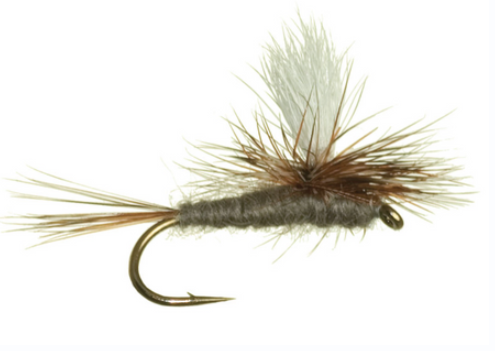
Elk Hair Caddis – Ah, the Elk Hair Caddis. It’s an oldie but a goodie. This fly performs well all summer long and imitates a variety of caddis species. Compared to the Parachute Adams, it’s easy to track in the water. Additionally, it is buoyant enough to use in a dry dropper setup. If dead drifting your caddis isn’t doing the trick, twitching it will excite the trout and encourage aggressive strikes.
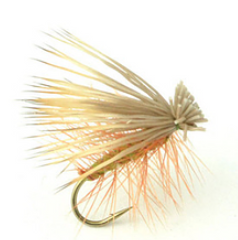
Chubby Chernobyl – When you break out a Chubby Chernobyl, you know that it’s summer. Chubbies are the perfect summer dry fly to imitate various stoneflies and terrestrials. Depending upon the thread color, it can imitate salmonflies, golden stoneflies and yellow stoneflies (yellow sallys). Specifically, for the summer, orange and gold thread will help you imitate both the goldens and yellow sallys. The buoyancy of this pattern is incredible and for that reason, it’s our go-to dry fly for a dry dropper rig. If you’re fishing deeper pools and runs, you can even drop multiple nymphs and split shot off the back. If you’re looking for surface action, drift the chubby tight to grassy banks or banks with shrubbery.
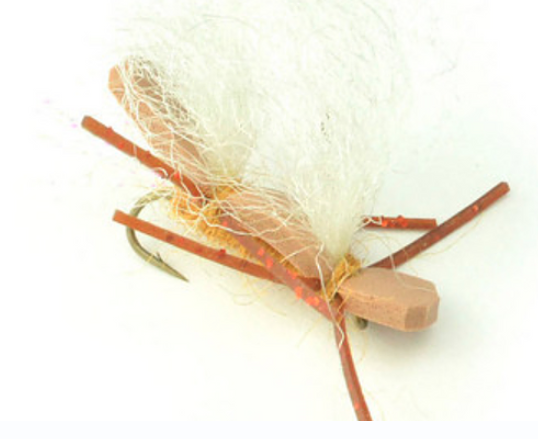
PMX – If you’re fishing a new river or can’t seem to find the right fly, look no further than the PMX. The PMX is a deadly attractor dry fly that imitates various bugs and is highly visible to the angler. This pattern imitates hoppers, stoneflies, caddis and other terrestrials. Its rubber legs create extra movement in the water, which helps attract trout, even in off-color water. Similar to the Chubby, it’s buoyant, which allows anglers to use it on a dry dropper rig.
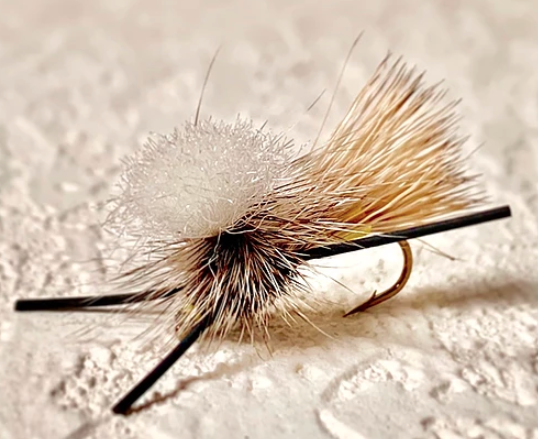
Nymphs:
RS2 – If we were forced to only fish one nymph for the rest of our lives, the RS2 would be a strong contender. While it’s incredibly productive on Colorado tailwaters, it also produces well on freestones and creeks. The original pattern was created by Rim Chung and since then, fly tiers have made adjustments that make it an irresistible fly during various mayfly and even midge hatches. Being an emerger, the RS2 is most effectively fished as the trailer fly on a nymph or dry dropper rig. Allowing your line to swing and the fly to rise through the water column will imitate an emerging BWO, PMD, green drake, trico or midge. The RS2 is typically tied in black, grey or olive and depending on the color, you can imitate the flies mentioned above. During the summer, our favorite colors are olive and black.
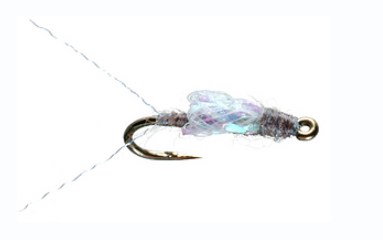
Electric Caddis – With an abundance of caddis during the summer, the Electric Caddis is a highly productive caddis larva pattern. Its bright green body grabs the trout’s attention during early summer runoff and continues to do so when the flows recede. The Electric Caddis can be tied with or without a bead, but personally, we prefer the bead as the extra weight helps drop the flies down quickly into the feeding zone. This fly is best suited on a nymph rig and can be used as the lead attractor fly on a tailwater or as a secondary nymph in the faster running freestones.
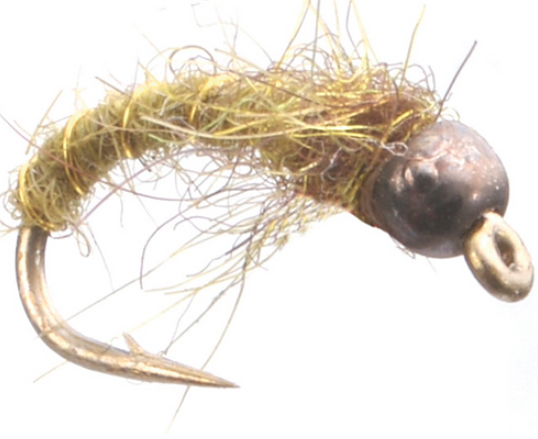
Pat’s Rubber Legs – If you don’t have this fly in your box this summer, you’re missing out . The Pat’s Rubber Legs (aka “pickle”), is a fantastic pattern to imitate various stonefly species. Its size and color variations also make it an ideal fly when fishing runoff. During the summer, a golden/brown mix or gold pattern will imitate the golden stonefly and yellow stonefly. If the river is off-color, switch to a black or black/olive pattern to contrast the brown water. While our friends up north in Montana swear by this combo, we’ve also found that the Chub and Rub (Chubby Chernobyl & Pat’s Rubber Legs) dry dropper setup is a deadly rig on the Colorado freestones during the summer.
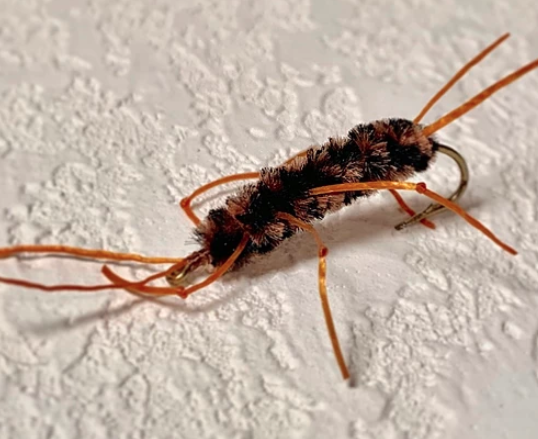
Fly Formerly Known as Prince – This pattern is a slight variation from the tried and true, Prince Nymph. Adjustments were made to the wings to make this pattern effective in clear and off-color water. Often referred to as a “searcher” pattern, this fly can imitate various bugs such as mayflies, caddis pupae and stoneflies, depending upon the size. While this pattern works in tailwaters, we’ve found it to be the most effective when fished on a nymph rig or a dry dropper in freestones and creeks. If you’re struggling to find trout, this fly will help you zero in on what they are feeding on.
